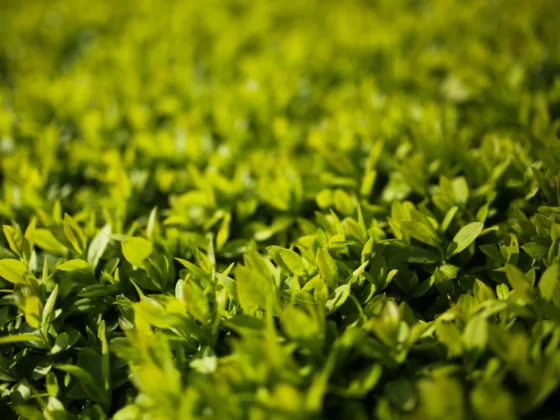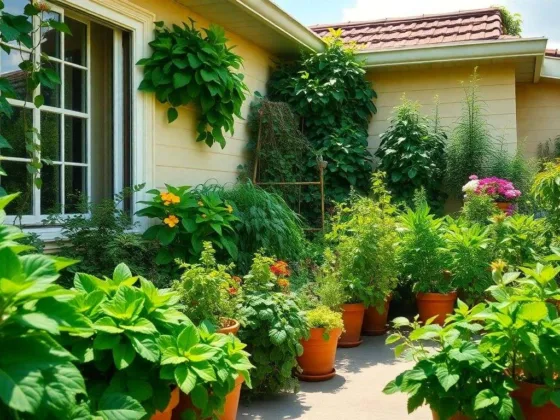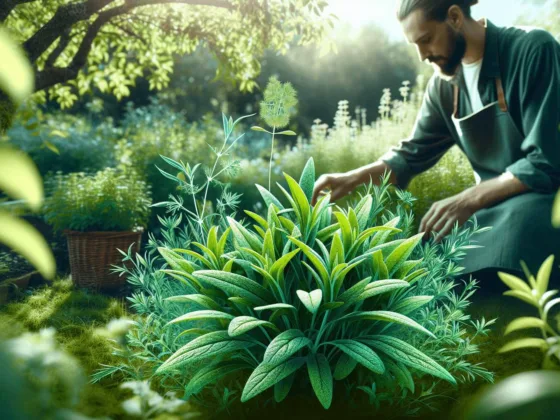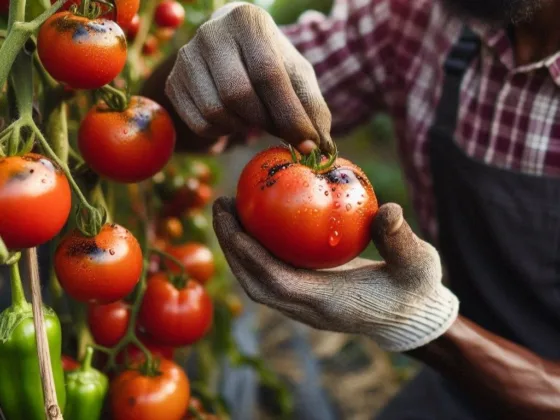Table of Contents Show
When you have a broad space at the back of your home, you may consider turning it into a garden and start cultivating various species of plants, including both ornamental and edible plants. Ornamental plants can beautify your garden, while edible plants can provide you vegetables and fruits that you can use for your recipe.
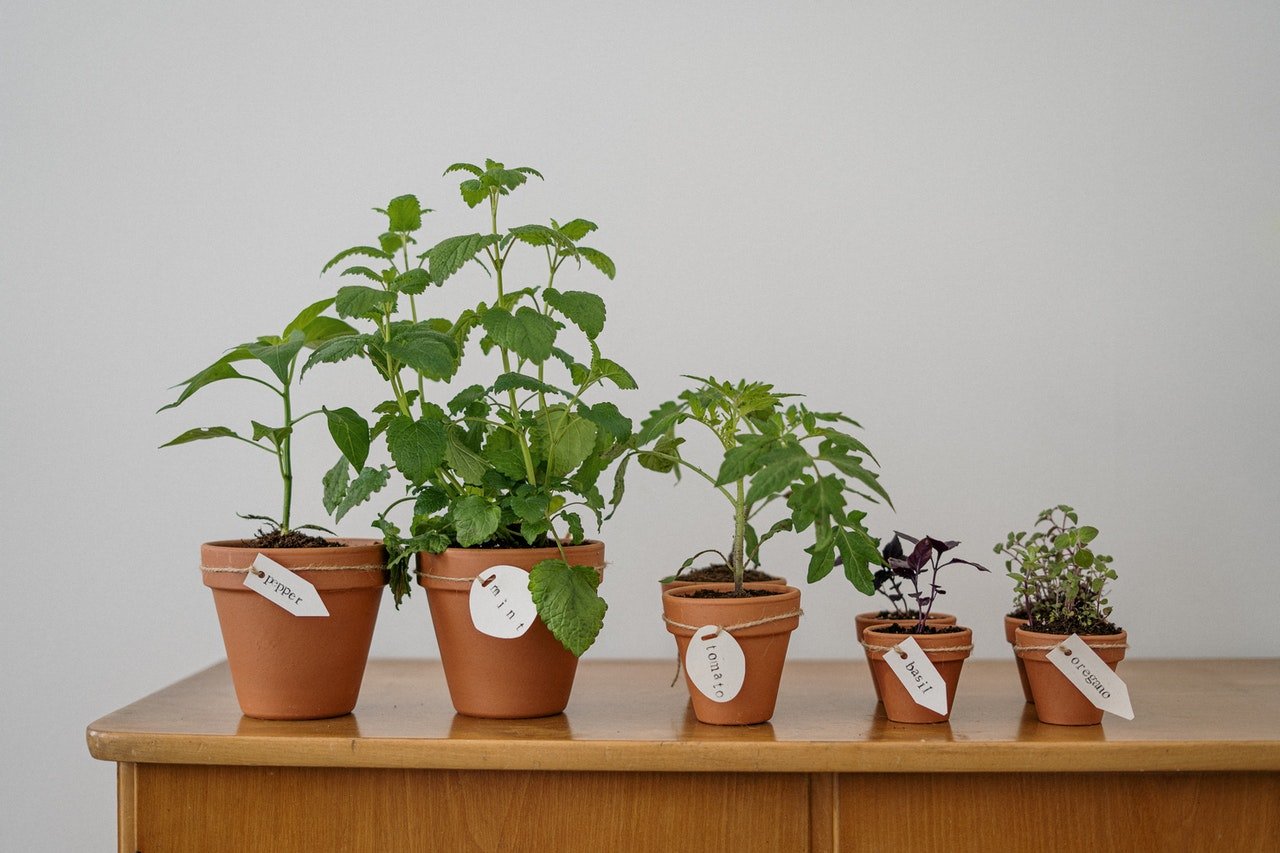
Besides growing your vegetable and fruit plants can give you some slack on your grocery budget, growing them in your garden can also help you relax and de-stress since gardening improves one’s mental health.
If you plan to start growing some edible plants at your place, you may consider starting with these easy-to-grow vegetable plants like red berries:
Crucifers
You may consider growing some crucifers like cabbage, broccoli, and brussels sprouts in your garden. Depending on the kind of cruciferous vegetable, some of them are a good ingredient to your coleslaw, side dish, sandwiches, salad, and soup. Most of them are mostly rich in fiber, vitamin A, and Vitamin C.
There are numerous kinds of cruciferous vegetables. One of which includes the cabbage that you can cultivate at home in simple steps. You only need to prepare the cabbage seeds and a planting bed of well-drained soil rich in organic matter like aged manure or compost.
In cultivating cabbages at home, you have to prepare the seedlings first. If you prefer to start the seeds indoors, you have to sow them ¼ inch deep into an evenly moist soil in a large container 6 to 8 weeks before the last spring frost. Transplant the cabbage seedlings to the garden only when the plants have 4 to 5 leaves.
When transplanting, make sure that you plant the seedlings 12 to 24 inches apart in rows to ensure that you will get large cabbage heads during the harvest season.
Of course, like any plants that need care and maintenance, you must make sure to water them evenly and regularly. Two inches of water per square foot each week is greatly recommended.
Scallions or Green Onions
Scallions are edible plants that can be enjoyed fresh and raw as a topper to your soup, salad, omelet, grilled meats, and other numerous dishes. They are rich in vitamin K and fiber and one of the easiest to propagate at home.
You may propagate scallions from cuttings, which can be done in simple steps. First, you have to prepare the materials, including the scallion cuttings with their white parts and roots, a glass jar, and water.
Then, fill the jar with water, and place the scallion cuttings in it, root side down. Place this jar in a warm sunny spot and wait until they get to their full-size height. When they get to their full-size, you may now enjoy them with your chosen recipe.
Read Also:
Potatoes
Most of us are fond of having fried, cooked, or mashed potatoes on our daily meals. Aside from being flavorful, potatoes have numerous health benefits when we make them part of our diet.
Potatoes are rich in essential nutrients, such as iron, calcium, phosphorus, magnesium, fiber, Vitamin C, and zinc. These nutrients help in strengthening our bones and keeping our hearts healthy.
There are many varieties of potatoes, including russets, yellows, whites, reds, fingerlings, and Petites. So, when deciding to cultivate your potatoes at home, you must consider which variety you might want to propagate.
When purchasing seed potatoes (tubers), make sure to buy from a reliable source to ensure that you will get only the best disease-free seed potatoes.
Tomatoes
If you want to have fresh, chemical-free organic tomatoes at home, you must consider growing them yourself in your garden. Growing tomatoes at home is easy peasy since there are many options where you can plant them.
You may opt to plant them in a container, in a box, in a bag, in your garden, on a roof, or on a porch. Tomatoes can also grow from a healthy sliced tomato fruit, and here is how you can do it:
- Fill your container with potting soil.
- Cut your tomatoes into ¼ inch thick slices.
- Lay these tomato slices on your potted potting soil.
- Cover them with potting soil, and water the pot to keep it moist.
- When the tomato seedlings start to grow, you may transplant them to their permanent container or location.
Zucchini
Zucchinis are long, cylindrical, green fruit that is usually made into zucchini noodles. They are rich in vitamins A, manganese, zeaxanthin, and lutein, good for the eyes. This fruit is also one of the easiest to grow at home and can be propagated from seed.
How to propagate a zucchini plant? First, you have to sow some zucchini seeds 2cm deep into your starting potting soil. Then, transplant the seedlings into a bed of rich and well-drained soil. They grow best when exposed to full sun.
Takeaway
Starting your fruit and vegetable garden at home may take a lot of work to start. But as long as you are ready to do all the work, you will be satisfied with the result as you can expect to harvest the fruit of your labor.
The edible vegetable and fruit-bearing plants mentioned above are only a few among the long list you can cultivate at home. But they are the easiest to start with.




